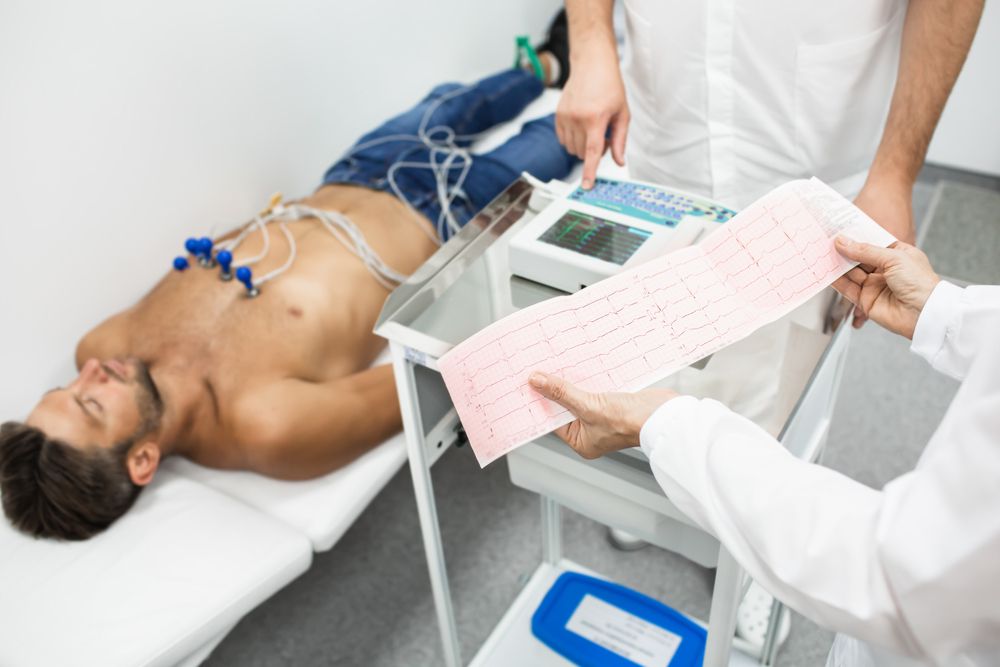
An electrocardiogram records the electrical signals in your heart. It’s a common and painless test used to quickly detect heart problems and monitor your heart’s health.
Electrocardiograms — also called ECGs or EKGs — are often done in a doctor’s office, a clinic or a hospital room. ECG machines are standard equipment in operating rooms and ambulances. Some personal devices, such as smart watches, offer ECG monitoring. Ask your doctor if this is an option for you.
Why it’s done
An electrocardiogram is a painless, noninvasive way to help diagnose many common heart problems in people of all ages. Your doctor may use an electrocardiogram to determine or detect:
You may need an ECG if you have any of the following signs and symptoms: